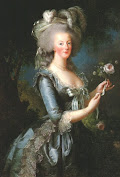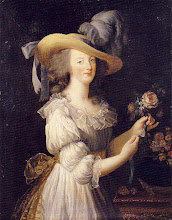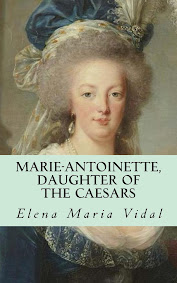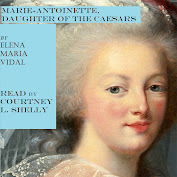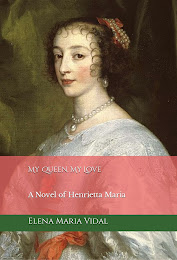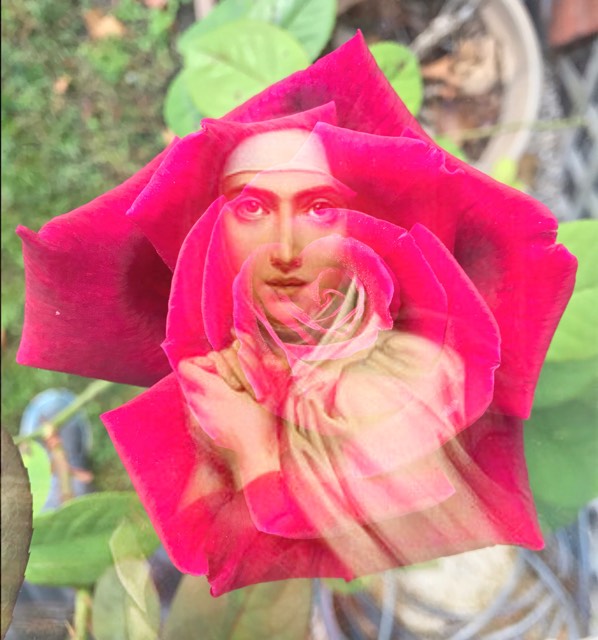| , | |
Lermontov: Why do you want to dance?Directed and produced by Michael Powell and Emeric Pressburger, The Red Shoes explores the delicate balance between art and obsession. As film critic Ian Christie wrote:
Vicky: Why do you want to live?
Lermontov: Well, I don't know exactly why, but... I must.
Vicky: That's my answer too.
~The Red Shoes
More than any other film, The Red Shoes deals with the dangerous, magical process by which art is distilled from preparation and effort. And, not content with creating and showing at full length “The Red Shoes” ballet which links all the characters’ destinies, it dares to take us into the inner world of fantasies which art can unleash.
That such an unleashing can often lead to obsession and death is not lost upon the viewer. When art replaces religion, it can become a demon, like the shoemaker who tempts and enthralls the young maiden with the bewitched red shoes. Where to draw the line between art and reality, between superlative achievement and living a normal life, is the challenge offered by the drama.
The heart of the tale, however, concerns a young British ballerina who joins the company, played by the Scottish dancer Moira Shearer, who is torn between two loves. According to The City Review:
One dwells on [Moira Shearer's] beauty because it is so incandescent that it almost lulls one into overlooking how great the movie is. Indeed, what makes The Red Shoes extraordinary, however, is that not only does it have incredible performances by several of the foremost and most legendary ballet dancers of its era, but also great acting. Bravura abounds. It is contagious. No one can view the movie and not be profoundly affected, for the better.
Vicky Page (Shearer) is chosen and groomed by the brilliant impresario Boris Lermontov (Anton Walbrook), head of the company, who when he first meets Vicky tells her that ballet is his "religion." To this religion he displays the devotion of a monk, ignoring his initial attraction to Vicky when he discovers that she has the potential to become a great dancer. Lermontov is an aristocrat of the old school, and a Russian aristocrat at that, with his silk Tartar robe, his samovar, his velvet peasant shirt. Underneath the refinement is a tough, uncompromising character, who thinks he has subdued all human passion to his work. The scene in which Lermontov watches Vicky dance Swan Lake is pure electricity since he is captivated not only by her beauty as a woman but by the spirit and passion which make her a good dancer. As Vicky's eyes meet his in the dingy theater, understanding flashes between them, and a connection is forged.
When Lermontov invites Vicky to his villa in the lush countryside outside of Monte Carlo, she thinks it will be a formal and intimate occasion, and dresses like a princess. It is an ethereal scene, as described thus:
In gala haute couture she is driven in his open-top car high above the Mediterranean coast. The music builds to a climax. The chauffeur deposits her at a half-closed palace gate, behind which a brick staircase is covered in weeds. It’s as if she had arrived at Sleeping Beauty’s castle.
“Montez, mademoiselle,” the chauffeur says, and he leaves her there. Suddenly it’s near silence. Then, as she starts to climb the staircase, her cloak billowing behind her, we hear, inexplicably, a distant soprano voice in sirenlike song. As Vicky reaches the top and approaches the house, we see the sea.
The whole scene is the most mythic part of the film. Vicky seems to be moving into fairy tale, legend, out of time. Where is her journey leading? What’s funny — and it is one of the many examples of how “The Red Shoes” manages to transcend its own melodramatic and kitschy nature — is that what awaits her inside the house are men at work in their shirt sleeves. Lermontov offers her the central role of the new ballet he is preparing with full sense of its importance, but he and his colleagues are men at work, and they soon allow her to depart.
I never understood how Vicky could fall in love with the petulant young composer Julian Craster (Marius Goring) when she had Lermontov around. It almost as if she uses Julian as an outlet for an unrequited and subliminal passion. At any rate, Craster loves her as a woman, and only as a woman. This should have been enough except the Vicky has become quite intoxicated with the ballet. Julian, however, cares nothing for her dancing; he scorns ballet as "second rate form of expression." With such an attitude, his affair with Vicky probably would have soon died out on its own, if Lermontov had not made such an issue of the relationship, expelling Julian from the company. By acting thus, Lermontov pushes Vicky into Julian's arms, and into an ill-advised marriage with the boy wonder, disaster written all over it. Lermontov's feelings over the marriage are expressed quite aptly in the manner in which he smashes the mirror in his Paris apartment. He has lost not only a great dancer, and the chance to create magnificent ballets with her. He has lost a woman whom at any moment he could have made his own, had he not been been so restrained for the sake of his art and hers.
As Vicky's disappointment spirals into despair, she becomes victim of an emotional tug-of-war between the two men who claim to care about her. It is incomprehensible why Julian would not allow her to dance one more performance of the ballet of the Red Shoes, except that he was afraid of losing her to dancing and to Lermontov. At any rate, she literally and figuratively finds herself at the precipice, and the film comes to its devastating finale.
